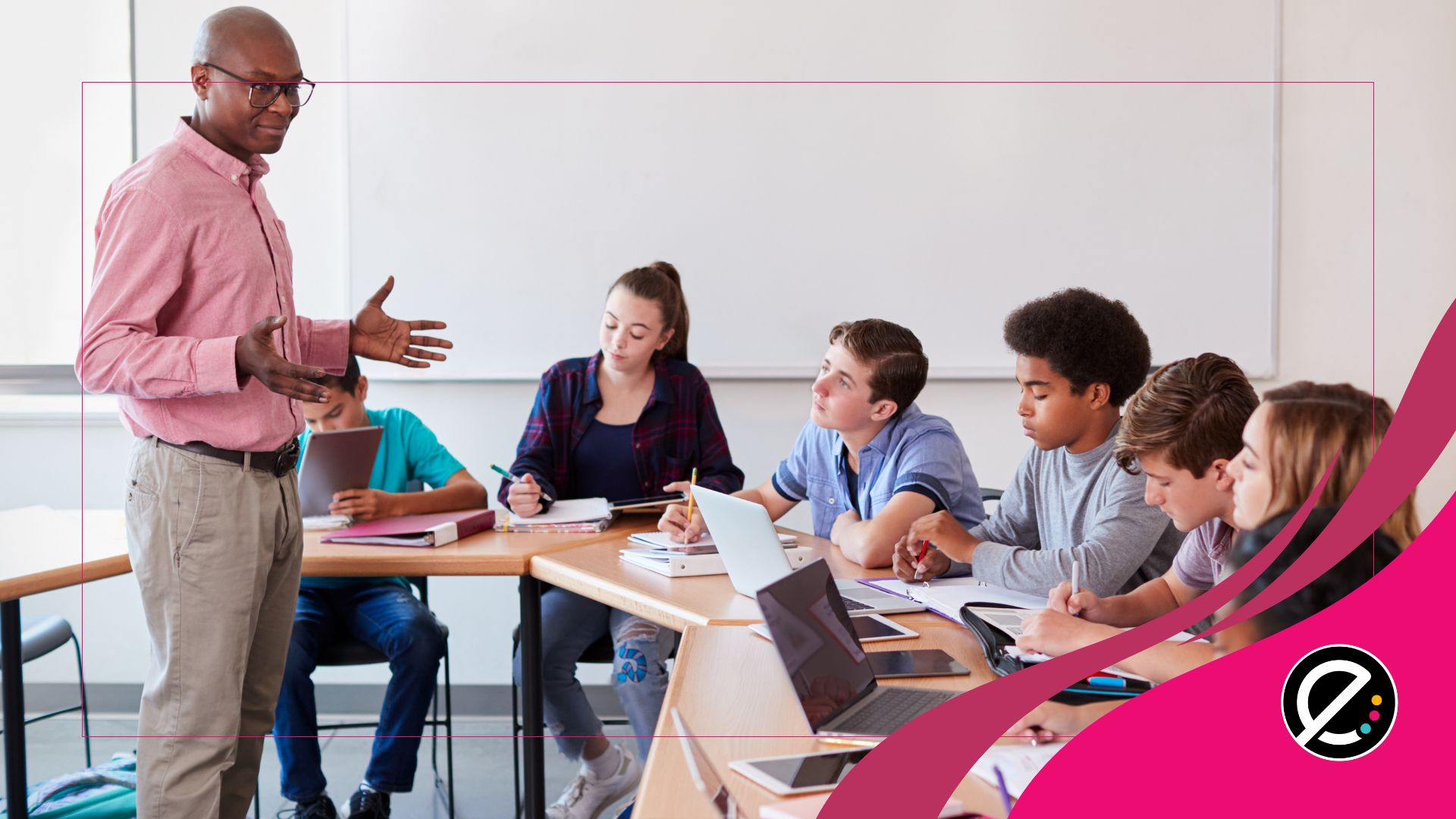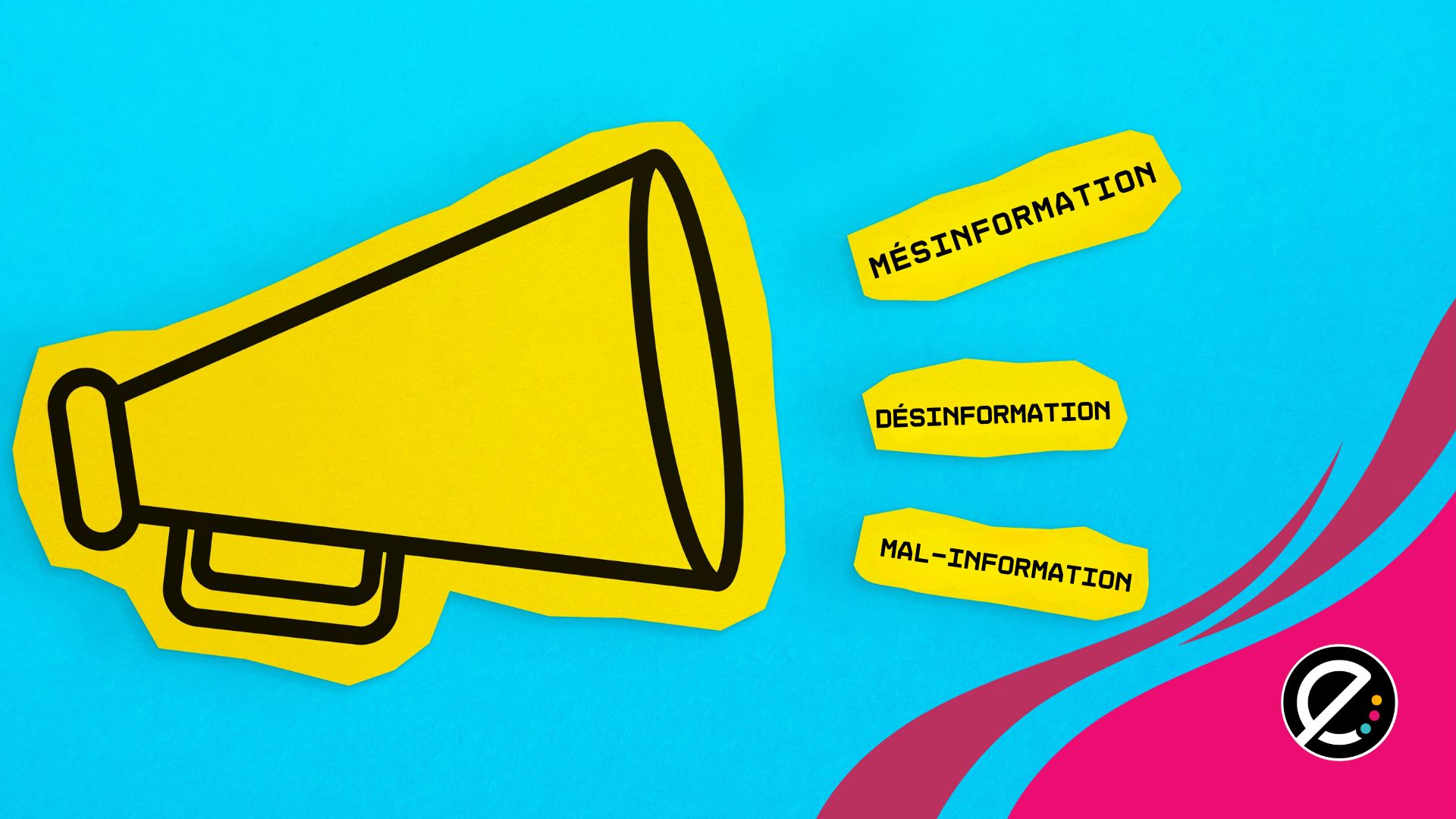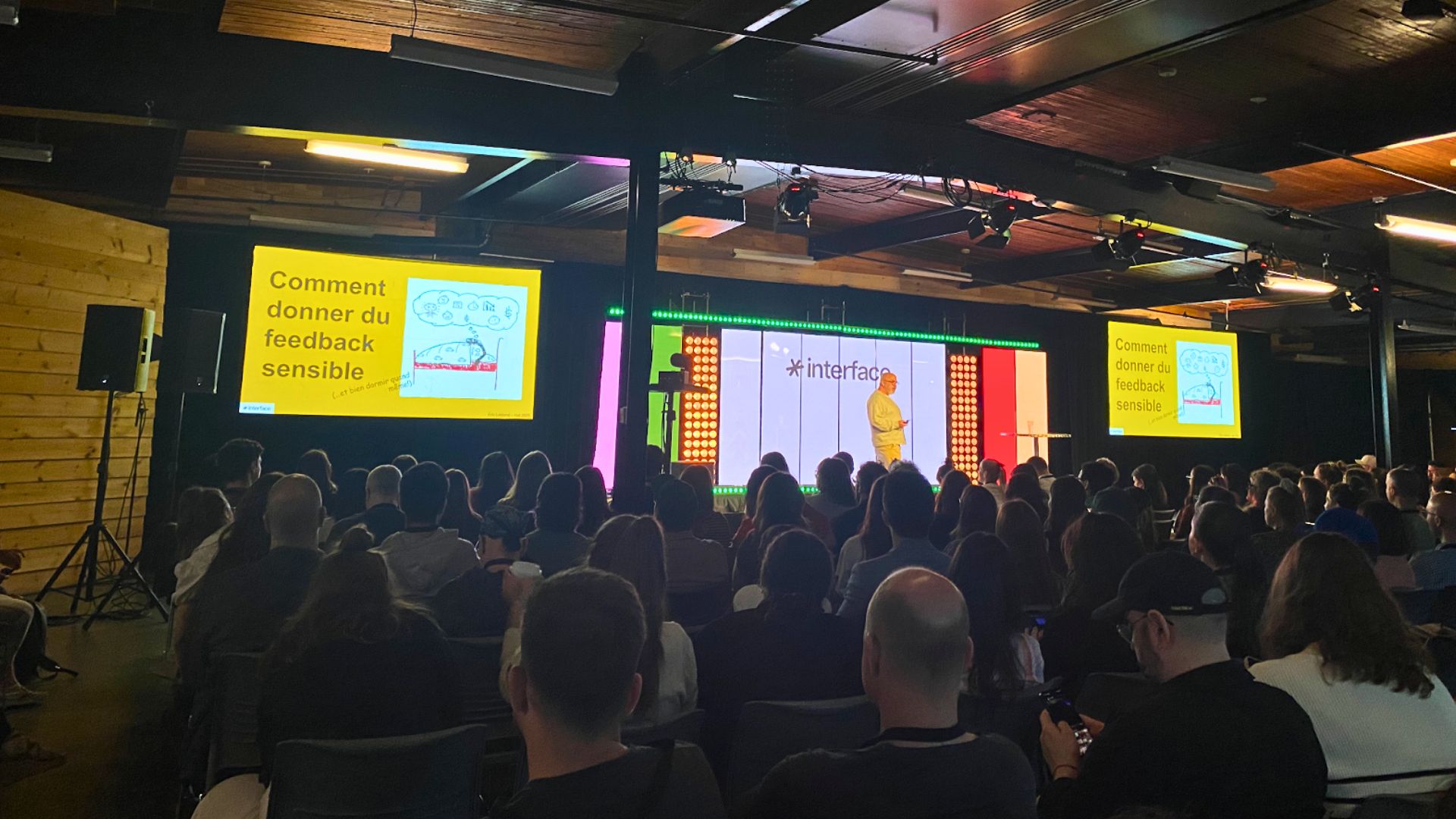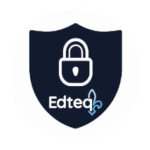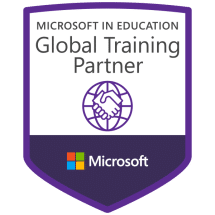Sonya Fiset et Luc Lagarde, du Service national du RÉCIT, domaine de la mathématiques, des sciences et de la technologie (RÉCIT MST), proposent aux enseignants et à leurs élèves des ressources pour s’initier simplement à la programmation à l’aide de plateformes ludiques comme ScratchJr et Scratch.
Le déploiement de l’usage pédagogique de la programmation dans les écoles fait partie des mesures du Plan d’action numérique en éducation. Bien que la pandémie ait ralenti les efforts, le déploiement se poursuit.
Lors d’un atelier présenté dans le cadre de la Journée du numérique en éducation, Sonya Fiset a tenu à rassurer les enseignants : il n’est pas nécessaire de maîtriser la programmation soi-même pour être en mesure d’initier ses élèves. De son expérience, les jeunes apprennent rapidement et deviennent vite autonomes, et ce, à partir du préscolaire.
Des idées pour débuter
Comme première activité, elle propose de tenir une heure d’apprentissage de la logique de la programmation avec des outils aux allures très ludiques comme :
- Jeux Blockly, qui fonctionnent sans connexion, pour la base de la programmation, pas à pas.
- Code.org, qui permet à l’enseignant de suivre les élèves dans leurs défis.
L’univers du chat orange : débuter avec Scratch Jr
Après la période d’initiation, ScratchJr peut être utilisé avec les élèves du préscolaire et du 1er cycle du primaire. L’application est disponible uniquement sur tablette (Android et iPad) et sur Chromebook.
Sonya Fiset suggère aux enseignants d’avancer dans cet univers en débutant par une série de défis pour les élèves. Plusieurs suggestions d’activités clés en main sont proposées en ligne. Dans son guide d’ateliers, sous la colonne « 2e année », la conseillère pédagogique propose une série de missions (avec vidéo explicative et fichier d’aide).
Selon elle, il peut être bon de débuter avec ScratchJR pour que les élèves comprennent la structure de base avant de passer à Scratch. Cependant, elle connaît des enseignants qui initient leur élèves à la programmation directement avec la version « originale » dès la 2e année du primaire.
Un pas de plus : Scratch, « l’original »
Dans l’univers de Scratch, l’environnement est tout aussi ludique que dans Scratch Jr, mais les fonctionnalités se complexifient. Ici encore, Mme Fiset propose une série de missions à réaliser aux élèves, dont on peut trouver les liens dans cette présentation. Ceux-ci sont surtout en lien avec les mathématiques et les sciences car il s’agit de son champ d’expertise. Cependant, elle précise qu’il est possible de faire de la programmation dans toutes les matières scolaires. Elle a notamment présenté un exemple de carte du Canada commentée.
Par ailleurs, Mme Fiset estime que, considérant que la programmation informatique est de plus en plus intégrée à l’intérieur des programmes scolaires dans le monde, il serait logique qu’elle le soit éventuellement aussi dans le Programme de formation de l’école québécoise.
À travers l’apprentissage de la programmation, elle rappelle que les élèves apprennent non seulement des notions prévues au programme de formation, mais développent aussi des compétences comme la résolution de problèmes, la communication (dont l’importance de donner des consignes claires), etc. À son avis, au fur et à mesure qu’ils deviennent autonomes et à l’aise, leur créativité n’aura plus de limite!
En complément :
- Autoformations pour les enseignants sur Campus RÉCIT : ScartchJr, Scratch pour tous, Scratch en mathématique.
- Répertoire de ressources pour débuter avec ScratchJr, Scratch au primaire ou Scratch au secondaire.
Dimension(s) de la compétence numérique en lien avec cet article
2- Développer et mobiliser ses habiletés technologiques
Voir le Cadre de référence.





